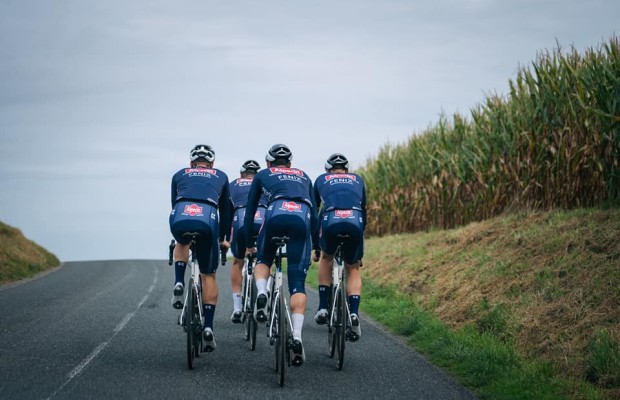What influence has the military industry had on mountain biking?
What influence has the military industry had on mountain biking? The answer is much more than what a large percentage of people would respond, and for much longer. Today we aim to review the events throughout history that have led to advances in mountain biking through testing, work, or development in the military industry.

Bikes or horses?
In the late 19th century, the American army carried out a field test to see if it was optimal to replace horses with bicycles, especially in mountainous terrain. The goal was to test if time could be saved by saving costs.
The "guinea pigs" were members of an infantry regiment known as the "Buffalo Soldiers". They traveled over 3,000 kilometers on bicycles from the AG Spalding and co. corporation - yes, the same Spalding that we now know for NB balls - weighing over 15 kilograms. After the group arrived in St. Louis, the final stage of the odyssey, the lieutenant in charge of the group had two recommendations to make: mandatory brakes and a shock absorber on the handlebars.
Coaster brakes and cycle computers
RECOMENDADO

The cyclist's patience: how long, gentle training sessions build your best season

Tips for cycling in the rain

25 cycling gifts ideas to get it right

When do helmets have to be changed? Do they have an expiration date?

Some reasons to stay away from the road in winter

S-Works: what does it really mean and where does Specialized's most exclusive label come from?
Yes, friends, both owe their existence to the military industry. They first saw the light in the civilian world and only after that did their presence spread to civilian markets. In the case of the cyclometer, even the current GPS cycle computers were initially an invention of the military industry before being openly applied to cycling and mountain biking.
Coaster brakes also emerged from the need of the military industry to find solutions. It was specifically in 1898, shortly after the "Buffalo Soldiers" completed their long journey.

The military industry and mountain biking, hand in hand also in the 21st century
The military industry continues to collaborate in the development of mountain biking, putting all its enormous productive capacity, technical means, and human resources at the service of developing better bicycles. In fact, the United States Defense Advanced Research Projects Agency subsidized a private company to research and develop an electric and foldable mountain bike. The goal was to move troops making less noise and without leaving a heat signature, easily detectable today, like a combustion engine.
That project, known as TENS, was one of the first to be powered by an electric battery on a mountain bike. Thus, from the 19th century to the 21st century, collaboration between both worlds has been ongoing.